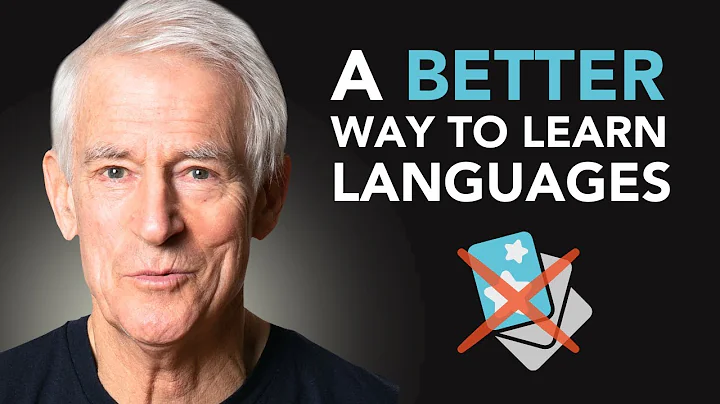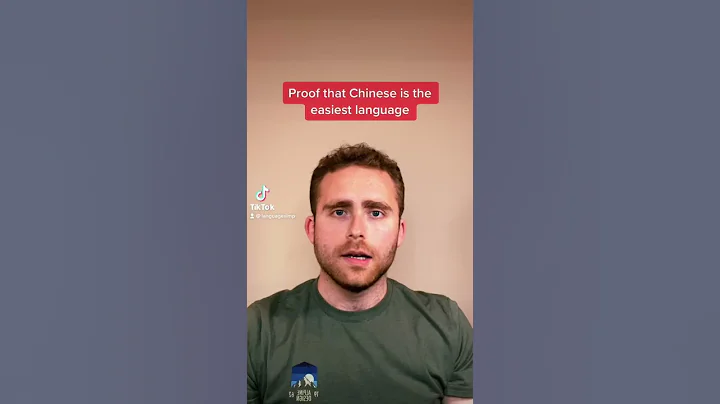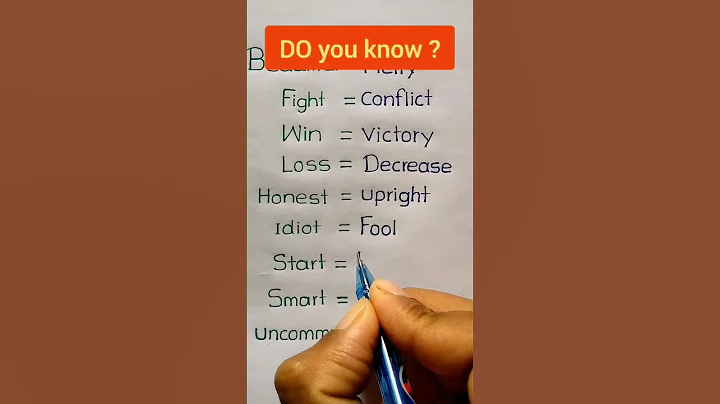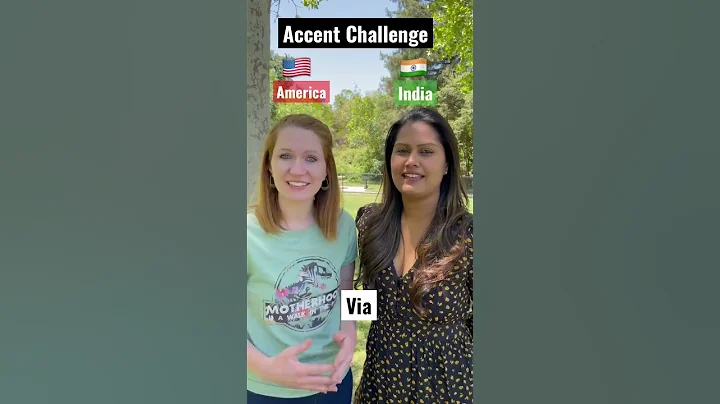
Chapter 2, Section 24, Syntax Analysis
فَإِن لَّمْ تَفْعَلُواْ وَلَُوةُ أُعِدََّّتِي وَقُواسُ والْحِجَارَةُ أُعِدَّتِي وَقُواسُ والْحِجَارَةُ أُعِدَّتْ وََّتِي وَقُودُهَاسُ والالْحِجَارَةُ أُعِدَّتْ لِلْكَافِرِينَ
If you cannot do it, you must beware of the fire, its fuel is man and stone, and it has been prepared for the disbelief. Now analyze the grammar as follows:
1, فَإِن Another sentence
فَ (then) is the new sentence function word الفاءاستئنافية, the sentence is a new sentence الجملةابتدائية لا محل لها.
إِن, conditional function word حرف الشرط, conditional tool word أدوات الشوط الجازمة. To represent assumptions, it is usually translated as "if", "if", "if", "if". The conditional function word حرف الشرط is a word that can make two present-style verbs - the former is a conditional sentence and the latter is a final sentence - change the pattern, that is, mark the quiet symbol or remove the ending.
2, لَّمْ تَفْعَلُواْconditional clause
لَّمْ , negate the function word حرف النفي, the chege dominant word الجوازم, add the present verb to chege مجزوم, time is changed from present to past. لَّمْ Make a general denial of the past, indicating that there is no, no, no.
تَفْعََلُواْ (you make it) Three mothers’ simple present-style healthy verb, second person positive plural, you can use the current verb تََفْعَلُواْ جزم بلم. The subject of the verb تَفْعَلُواْاْ.
تَفْعَلُواْ The Chege logo is the omitted نون "Nuni" علامة جزمه حذف النون لأنه من الأفعال الخمسة Because it belongs to the "five verbs". The so-called "five verbs" in Arabic الأفعال الخمسة is the five verbs in the present-style verbs with letters as the deformation mark, that is, the verbs connected to the even number "Eliff" الف, the collective "Wawu" واو, and the second-person "Yayi" ي:
Third-person positive negative even number: تَفْعَلان and يَفْعَلان.
Second person positive negative even number: تَفْعَلان.
Third person positive plural: يَفْعَلُون.
Second person positive plural: تَفْعَلون.
Second person negative singular number: تَفْعَلين
3, وَلَن تَفْعَلُواْ Insert sentence
َ, indicating insertion of الواواعتراضية, this sentence is an insertion sentence.
لَن , the emphasis negative function word نفي التأبيد, added before the present verb, making it become bing النصب, negating the future, meaning: no, never, never. The root of the word is لاَأَنْ. In order to refine the sentence, the "Heimzai" الهمزة becomes لاَأنْ, the "Eliff" and "Nuni" ن get together, and go to "Eliff" and become لَنْ. Some people think that the root of the word is لاَ, and if ا "Eliff" is replaced by ن "Nuni" فابدلت الفها نونا, it becomes لَنْ. See "تفسير القاضي"
تَفْعََلُوا (you make it) Three mothers's simple current healthy verb, second person positive plural, main quadratic pronoun و is the subject of the verb.
4, فَاتَّقُواْ النَّار Conditional Finishing sentence
فَ Ending sentence function word جواب الشرط. The sentence is in a conditional position and the final sentence جواب الشرط.
اتَّقُواْ (You are on guard) Three mothers' double-in-one imperative style soft verb, second person positive plural, imperative style verb is used as a final sentence plus ف. The subject of the verb is الفاعل.
النَّار refers to the noun المعرفة, the negative المذكر, the subject of the verb is the object of المفعولمب.
السؤال Question: Why did "Ayeti" use the commonly referred نكرة in Chapter 66, but here is the exact reference النار?
الجواب Answer: In Chapter 66, he used the noun sentence وَقُودُهَا النَّاسُ وَالْحِجَارَة to نارًا when you describe you صفة, and here is التي when you are in a relationship.
5, الَّتِي وَقُودُهَا Adjective
الَّتِي (that) Relational pronoun الموصول, feminine المؤنث singular المفرد, in the adjective النَّار's adjective صفة.
ََقُودُ (fuel), the root word المصدر, generally refers to النكرة, is the main word المضاف.
هَا belongs to the end of the quart, the third person is negative and odd, the attribution word العائد, and the second-hand المضاف اليه. Nouns and sentences are related to the relationship between الجملة صلة الموصول , the positive combination of وَقُودُهَا is the starting language المبتدأ.
6, النَّاسُ وَالْحِجَارَةُ Refers to the noun
النَّاسُ (human), a collective noun, refers to المعرفة, refers to the noun الجنسية, the foreword المعطوف عليه, the anatomy الخبر.
وَ is the connection function word حرف العطف.
الْحِجَارَةُ (stone), is the plural of حجر, which refers to the noun اسم المعرفة, a specific noun, and the latter term المعطوف.
الْحِجَارَةُ "Stone" refers to the stone used by idol worshipers to carve Buddha statues والمراد بها الاصنام التي نحتوها. Some commentators believe that it is "sulphur" حجارة الكبريت.
7, أُعِدَّتْ لِلْكَافِرِينَ Verb sentence
أُعِدَّتْ (Preparation, arrangement) Three-male duplex الثلاثي المزيد Passive past tense الفعل المجهول heavy mother verb, third person, negative التء التأنيث, singular المفرد, containing pronoun هي is the pronoun of the verb أُعِدَّتْ ضمير مستتر تقديره هي.
ِ is the preposition حرف الجر.
الكَافِرِينَ (Unbeliever) Three mother simple verb الفعل الثلاثي المجرد The active noun composed of الفاعل, which refers to المعرفة, the complete positive plural جمع مذكر سالم, is the recipient word of preposition.
لِلْكَافِرِينَ Prepositional phrases concern verb أُعِدَّتْ. The sentence is in a court position and does the adverbial والجملة في محل نصب حال من المن النار. Some people say it is a new beginning.











